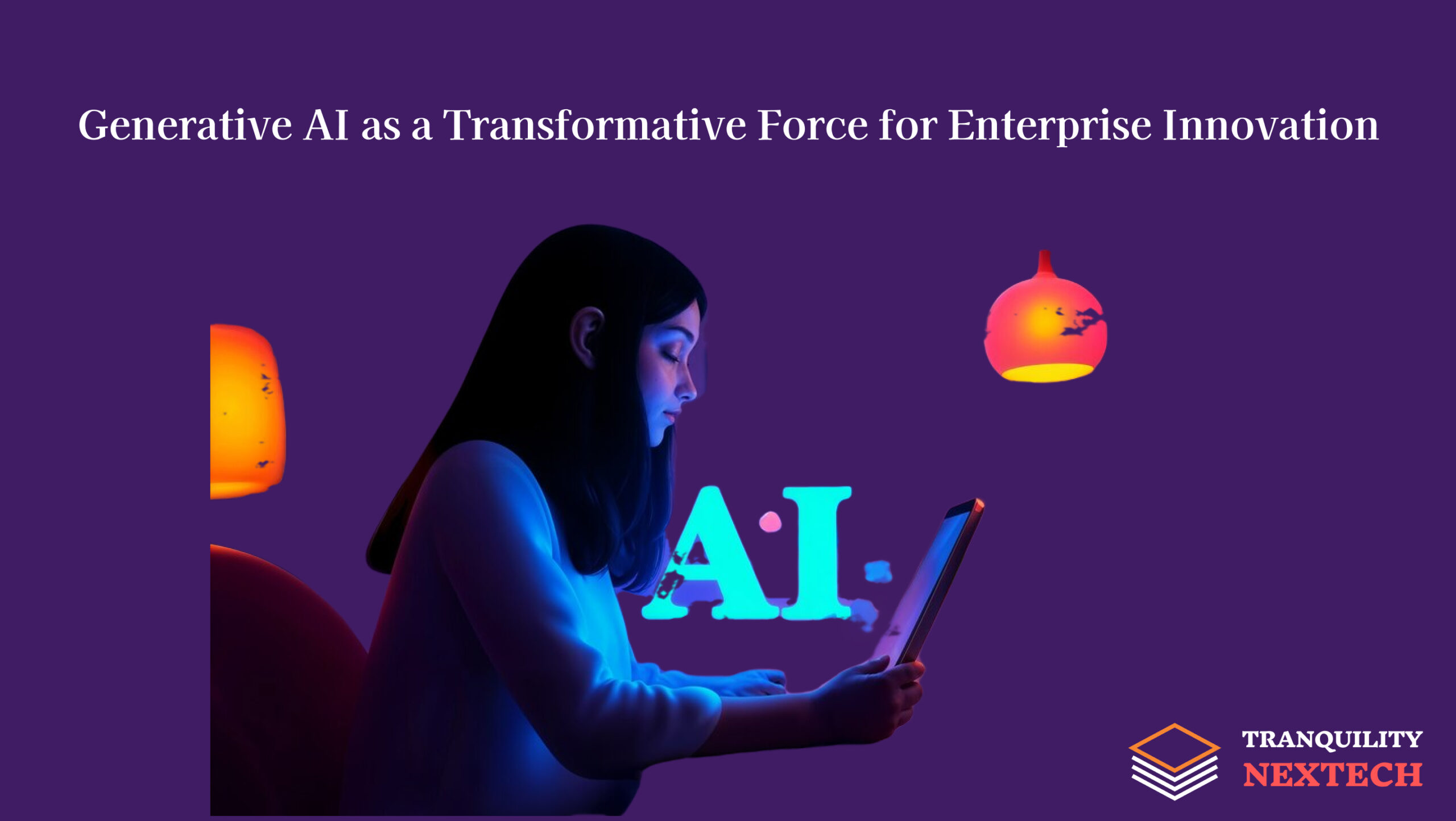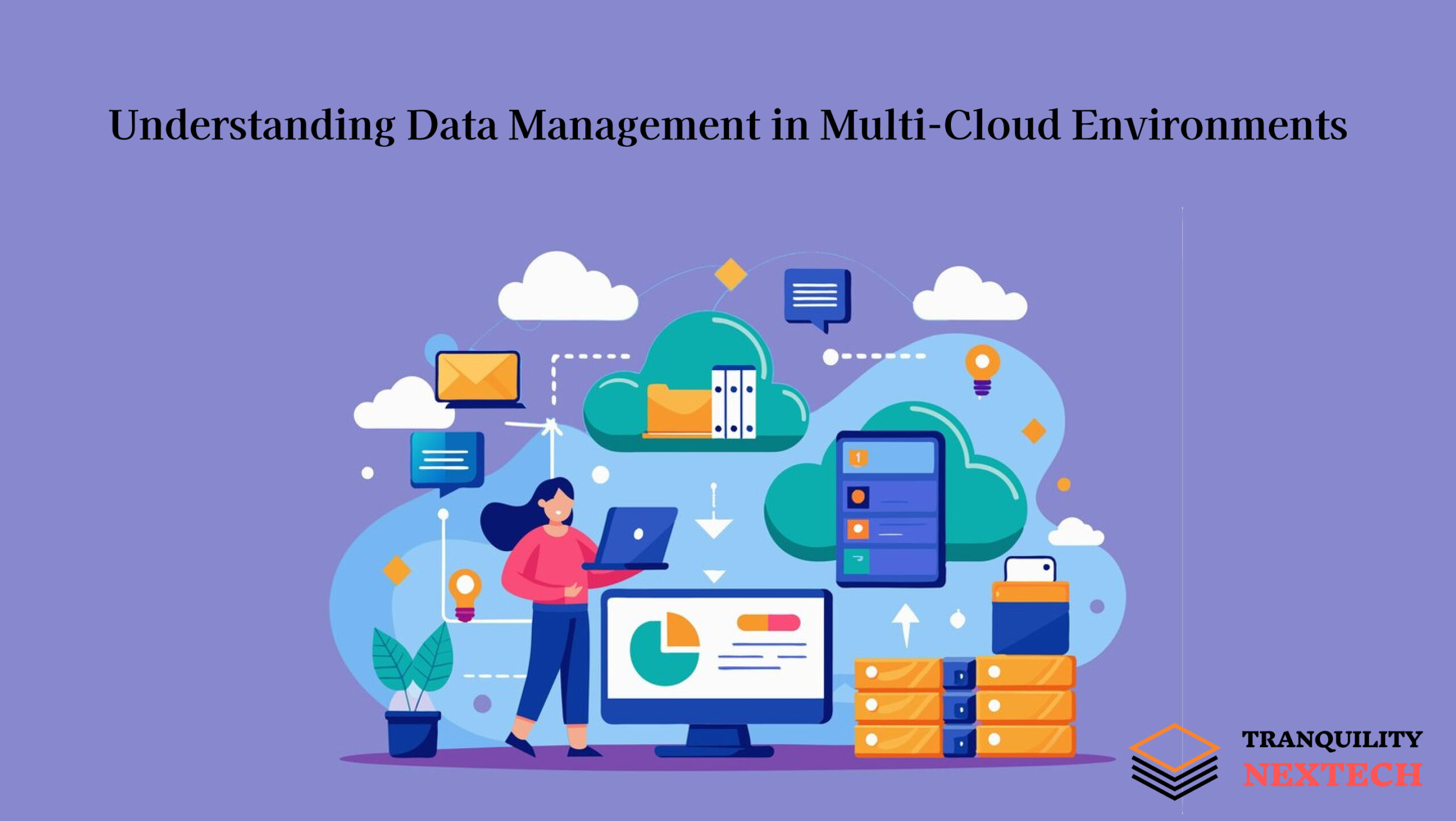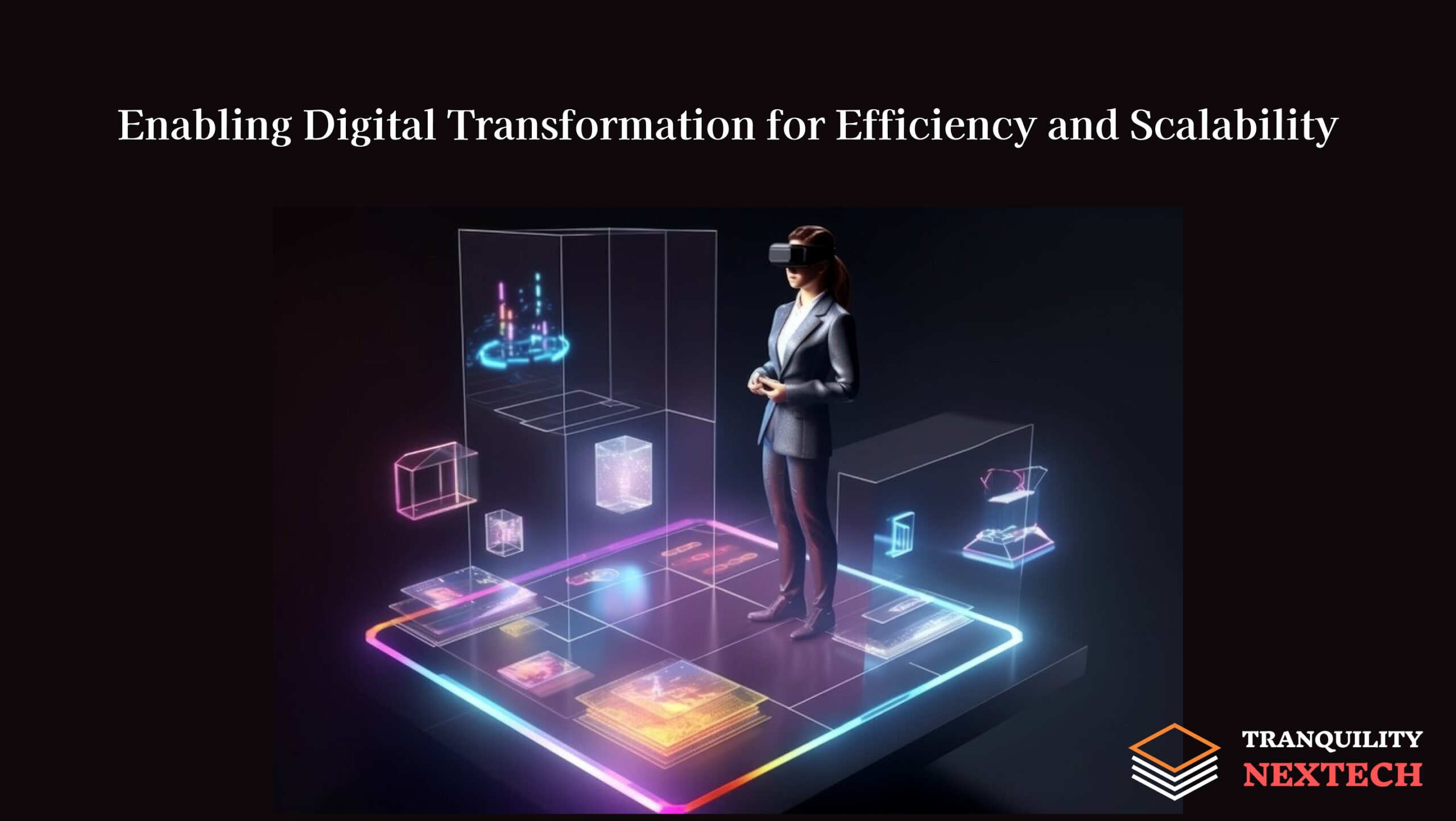As technology evolves, businesses have more options than ever to store and process data. Edge Computing and Cloud Computing are two powerful approaches that cater to the growing needs of modern enterprises, but each serves different purposes. This article breaks down the key differences between Edge Computing and Cloud Computing, their pros and cons, and how to choose the right one for your organization’s needs.
What is Cloud Computing?
Cloud Computing refers to using remote servers hosted on the Internet to store, manage, and process data. Rather than relying on local storage, cloud services like Amazon Web Services (AWS), Microsoft Azure, and Google Cloud Platform (GCP) allow businesses to access data and applications on demand.
Key Features of Cloud Computing:
- Scalability: Easily scale resources up or down based on demand.
- Cost-Effectiveness: Avoid on-site hardware by paying for what you use.
- Remote Access: Access applications and data from anywhere with an internet connection.
- Reliability: Cloud providers offer robust data backup and disaster recovery options.
Common Cloud Computing Use Cases:
- Hosting websites and applications
- Data storage and backup
- Machine learning and data analytics
- Collaboration tools for remote teams
What is Edge Computing?
Edge Computing brings data storage and processing closer to the data source rather than relying on a central cloud. By processing data “at the edge,” It reduces the need to send large amounts of data over long distances, decreasing latency and improving response times.
Key Features of Edge Computing:
- Low Latency: Data is processed close to where it’s generated, reducing delays.
- Real-Time Processing: Ideal for applications that require immediate responses.
- Bandwidth Efficiency: Reduces the need to transmit data over the network to a central cloud.
- Enhanced Security: Local processing minimizes data transfers, which can reduce security risks.
Common Edge Computing Use Cases:
- Internet of Things (IoT) devices
- Autonomous vehicles
- Smart cities
- Remote monitoring in healthcare and industrial applications
Edge Computing vs. Cloud Computing: Key Differences
| Feature | Cloud Computing | Edge Computing |
| Location of Data Processing | Remote data centers or cloud servers | Near or at the data source |
| Latency | Higher latency due to distance from the data source | Low latency, ideal for real-time applications |
| Bandwidth Usage | Higher bandwidth usage due to frequent data transfer | Reduced bandwidth usage, as data is processed locally |
| Data Storage and Scalability | Scalable, with on-demand resource allocation | Limited scalability depends on physical infrastructure |
| Cost | Cost-effective with a pay-as-you-go model | Higher initial setup cost but potential savings on data transfer |
| Security | It relies on secure cloud infrastructure but requires data transmission | Enhanced security by minimizing data transfers over networks |
| Best Suited For | Large-scale data analytics, app hosting, and non-time-sensitive tasks | IoT, autonomous vehicles, smart cities, and low-latency applications |
Pros and Cons of Cloud Computing
Pros:
- Cost-effective with pay-as-you-go models
- High scalability and flexibility
- Reliable data backup and recovery options
- Ideal for large-scale applications
Cons:
- High latency for real-time applications
- Requires a stable internet connection
- Potential security concerns with data transmission
Pros and Cons of Edge Computing
Pros:
- Ultra-low latency, ideal for real-time data processing
- Bandwidth efficiency and cost savings
- Enhanced security through localized processing
- Optimized for IoT and smart device applications
Cons:
- Limited scalability compared to cloud solutions
- Higher maintenance costs for edge devices
- Requires robust local infrastructure
Choosing Between Edge Computing and Cloud Computing
The choice between Edge and Cloud Computing largely depends on your organization’s needs. Here are some factors to consider:
- Latency Requirements: Edge Computing is a better choice if your applications require immediate response times, like IoT devices. Cloud computing will suffice for applications that can tolerate some latency.
- Data Volume and Bandwidth: Edge Computing is beneficial for applications that generate vast amounts of data, like smart cities or autonomous vehicles, where transmitting all data to the cloud would be inefficient. Cloud Computing works well for tasks that need high processing power and scalability, such as data analytics.
- Cost Considerations: While Cloud Computing offers a cost-effective solution with no upfront hardware costs, Edge Computing can lead to higher initial costs due to the need for edge infrastructure. However, it may reduce ongoing costs by decreasing data transfer needs.
- Data Security: For applications that involve sensitive data, Edge Computing can add an extra layer of security by keeping more data on local devices. Cloud Computing is still secure but may have vulnerabilities due to frequent data transfers.
Combining Edge Computing and Cloud Computing
Many organizations are leveraging hybrid models that combine the strengths of Edge Computing and Cloud Computing. This approach, known as fog computing, allows data to be processed at the edge for time-sensitive tasks while storing non-urgent data in the cloud. Edge devices can monitor equipment in an intelligent manufacturing setup in real-time, making quick decisions to prevent malfunctions. Simultaneously, the cloud can store extensive historical data to analyze long-term trends and improve future processes.
Conclusion
Both Edge Computing and Cloud Computing play essential roles in modern business operations. While Cloud Computing offers scalability, cost savings, and vast storage, Edge Computing provides real-time processing and low latency. Choosing the right model—or combining both—depends on your organization’s requirements, budget, and use cases. By understanding these technologies, businesses can harness the power of data to improve efficiency, reduce costs, and make better decisions.
FAQs
1. What is the main difference between Edge Computing and Cloud Computing?
- The primary difference lies in the location of data processing. Cloud Computing processes data in remote data centers, while Edge Computing processes data closer to the data source.
2. Which is better for real-time applications: Edge or Cloud Computing?
- Due to its low latency, Edge Computing is better suited for real-time applications, making it ideal for IoT, autonomous vehicles, and smart city technologies.
3. How does Edge Computing reduce bandwidth usage?
- Edge Computing reduces the need to transmit data to central servers, optimizing bandwidth usage by sending only necessary information to the cloud.
4. Can Edge Computing be combined with Cloud Computing?
- Yes, many organizations use a hybrid model that combines processing time-sensitive data at the edge and storing extensive data in the cloud.
5. How can Tranquility Nextech help with implementing Edge and Cloud solutions?
- Tranquility Nextech provides tailored cloud and edge computing solutions to meet your organization’s unique data processing and storage needs, ensuring optimal performance and security.
If you have any queries or require business-related IT solutions, please reach out to us at: shan@tranquilitynxt.com








